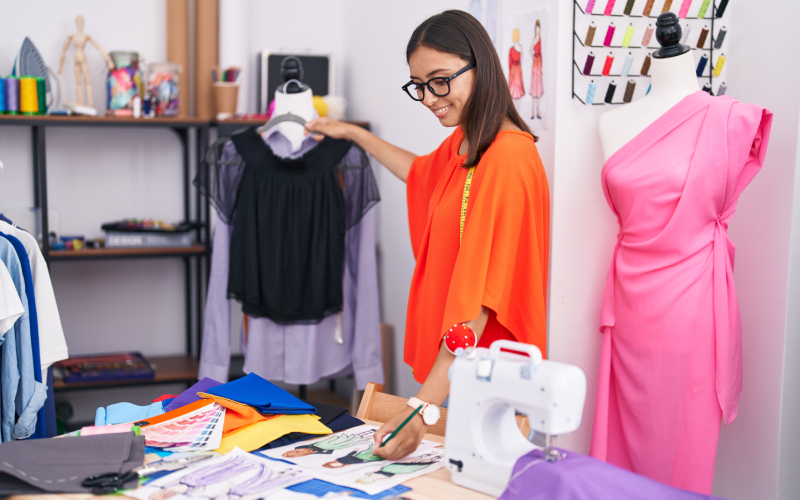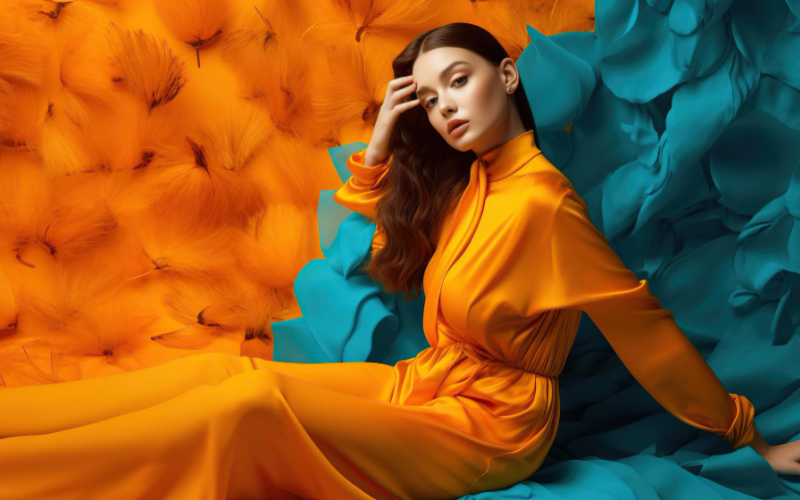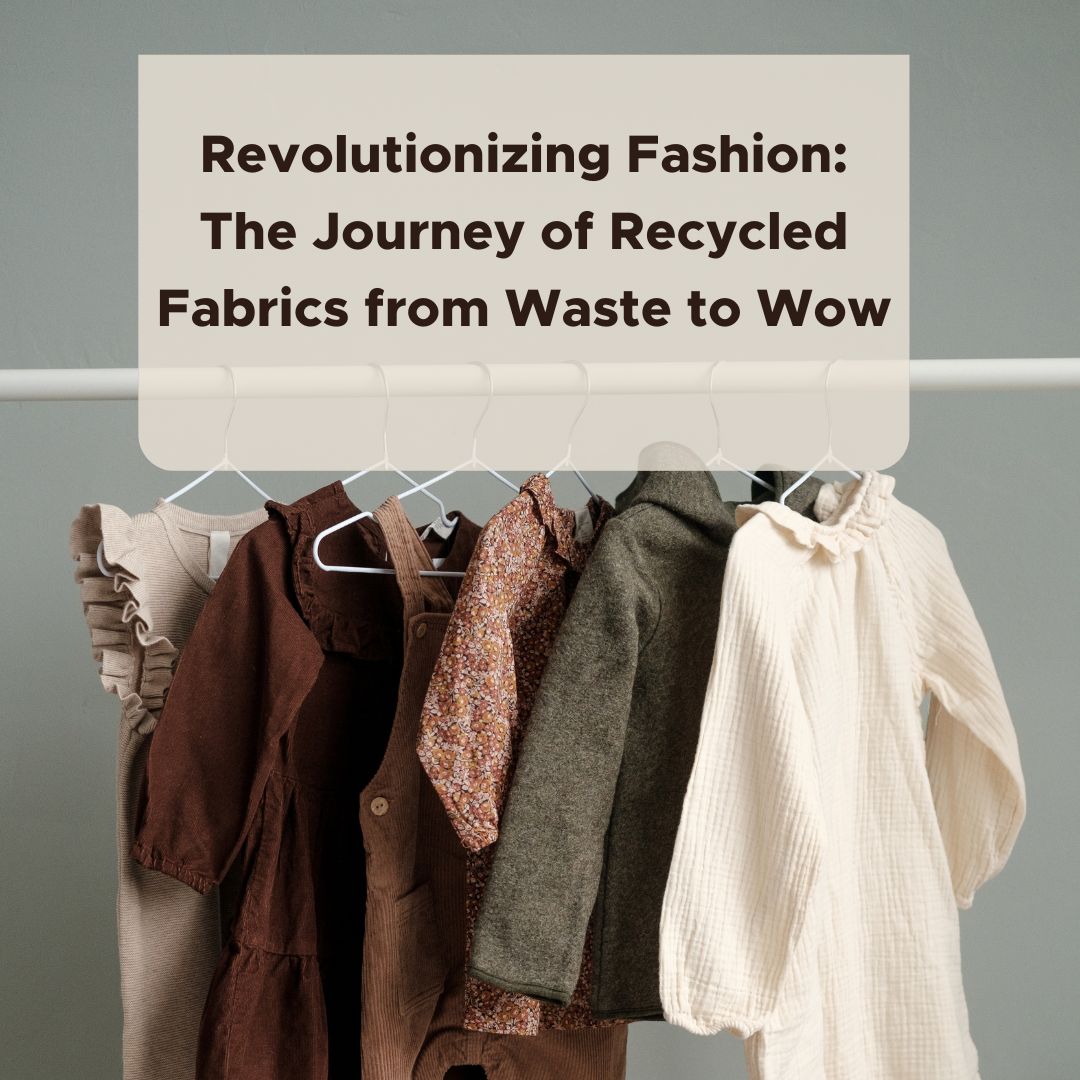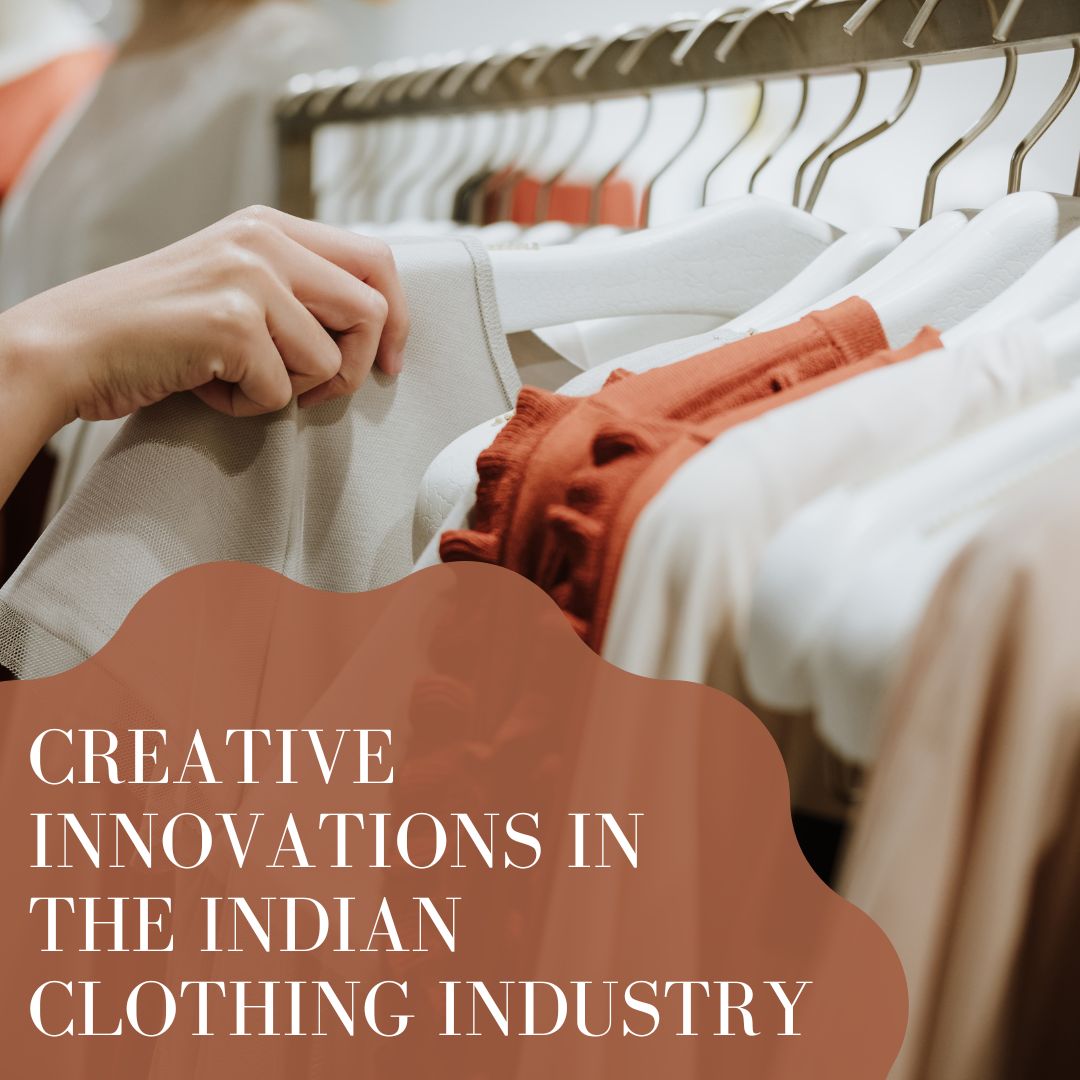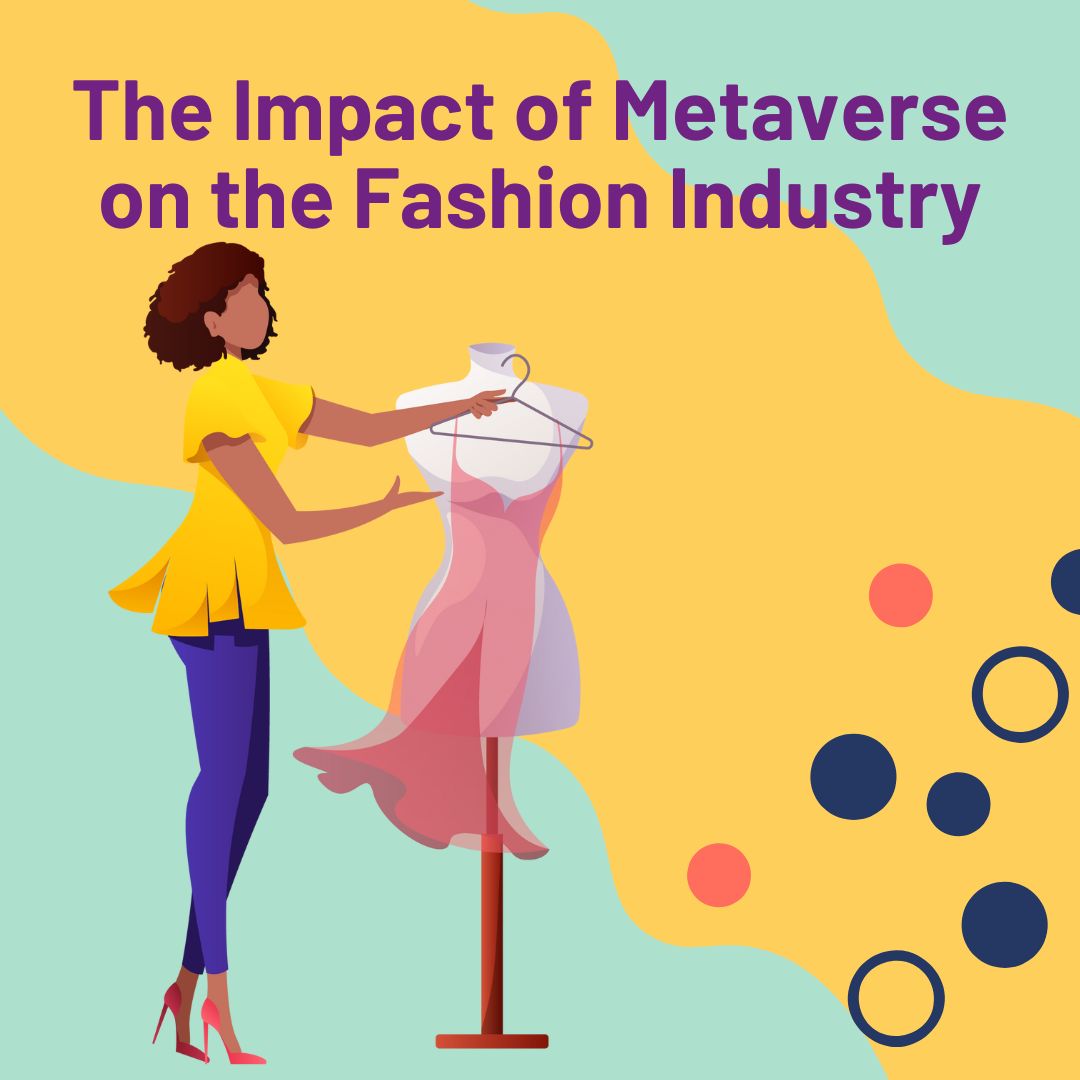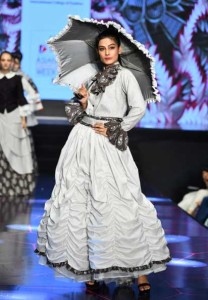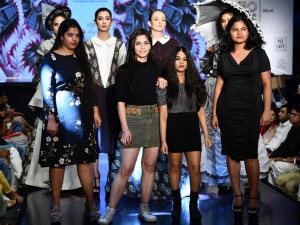The fashion world is brimming with innovative styles and trends set to revolutionize the runways. These trends not only capture the essence of contemporary aesthetics but also provide invaluable inspiration for aspiring fashion designers and students. Here’s a detailed look at the top fashion design trends for 2024 and how they can benefit fashion students in creating unique designs and carving out a niche for themselves.
Fashion Design Trends for 2024
1. Sheer Dressing
Sheer fabrics have taken a bold step forward in 2024, moving beyond ethereal gowns to become a staple in business casual attire. Designers like Givenchy and Issey Miyake have showcased sheer blouses, midi skirts, and button-downs that bring a touch of elegance to everyday wear. This trend offers fashion students an opportunity to experiment with layering and textures, creating pieces that are both daring and sophisticated.
2. Mod Micro-Minis
Micro-minis adorned with rhinestones and sequins are making a strong statement this year. Gucci and Carolina Herrera have embraced this trend, combining mod silhouettes with shimmering finishes. These designs encourage students to explore the balance between vintage inspiration and modern glamour, pushing the boundaries of traditional mini dresses.
3. Subversive Prep
The classic preppy style has been reimagined with a subversive twist, incorporating frothy tulle, layered miniskirts, and sequin embellishments. Brands like Miu Miu and Moschino have led this trend, blending hard and soft elements for a fresh take on preppy fashion. This trend provides a playground for fashion students to mix and match traditional and contemporary elements, creating standout pieces.
4. Punk Rococo
Punk Rococo combines ultra-feminine bows and frills with bold, edgy accessories. Designers such as Erdem and Simone Rocha have perfected this blend, making it a key trend for 2024. Fashion students can draw inspiration from this trend to create unique pieces that marry historical romanticism with modern rebellion.
5. Call to Armor
Armor-inspired fashion, featuring chainmail and structured metallics, is another trend to watch. Rabanne and Alexander McQueen have brought medieval aesthetics to contemporary fashion, offering a dramatic and powerful look. This trend challenges students to incorporate unconventional materials and structures into their designs, enhancing their technical skills and creativity.
6. Vintage Revival
The resurgence of vintage styles, particularly from the 1950s and 1960s, is evident in the return of shift dresses, faux-fur shawls, and wool swing coats. Miu Miu and Prada have championed this trend, making it a significant part of their collections. Fashion students can explore the rich history of fashion and reinterpret these vintage styles with a modern twist, adding depth and context to their designs.
7. Colorful Stockings and Fancy Flats
Colorful stockings and comfortable, fancy flats are set to dominate in 2024. These trends, highlighted by fashion experts, offer a playful yet practical approach to everyday fashion. Students can experiment with vibrant colors and intricate details in their accessory designs, enhancing their ability to create functional yet stylish pieces.
8. Draping Techniques
Draping is making a significant comeback, with designers like Tory Burch and Schiaparelli showcasing dynamic volume through soft rouching and folds. This trend allows fashion students to refine their draping techniques, creating visually stunning and comfortable garments that stand out on the runway.
9. Metallics and Micro Shorts
Gold and metallics are shining brightly in 2024, with chunky jewelry and statement pieces becoming essential. Additionally, micro shorts are a go-to separate for many designers, emphasizing the trend for bold and daring fashion. These trends encourage students to be fearless in their designs, using bold materials and cuts to create impactful fashion statements.
Why is the International College of Fashion the best choice for aspiring fashion students?
Leveraging Modern Teachings at the International College of Fashion
Aspiring fashion students can leverage these 2024 trends by incorporating them into their studies and projects at the International College of Fashion (ICF). ICF’s curriculum is designed to provide students with the skills and knowledge necessary to succeed in the ever-evolving fashion industry. Here’s how ICF supports fashion students in making the most of these trends:
- Industry-Relevant Curriculum: ICF’s programs are co-developed with industry experts from NID-Ahmadabad and IIT-Delhi, ensuring that students are exposed to the latest trends and techniques in fashion design.
- Practical Learning Modules: The college emphasizes practical, hands-on learning through workshops and real-world projects, allowing students to experiment with current trends like sheer dressing, mod micro-minis, and draping techniques.
- Expert Guidance: ICF’s faculty comprises experienced industry professionals who provide mentorship and insights into effectively incorporating contemporary trends into students’ designs.
- Networking Opportunities: Through events, internships, and collaborations with fashion houses, students can gain exposure to the industry and understand how to apply their knowledge to create niche designs that resonate with current market demands.
- State-of-the-Art Facilities: With access to advanced design tools and technology, students can explore innovative materials and techniques, such as armor-inspired fashion and intricate draping, enhancing their technical proficiency and creativity.
By embracing the fashion design trends of 2024 and leveraging the comprehensive education offered by the International College of Fashion, students can carve out a unique space for themselves in the fashion industry. They can draw inspiration from global trends, refine their design skills, and create standout collections that set them apart in the competitive world of fashion design.

